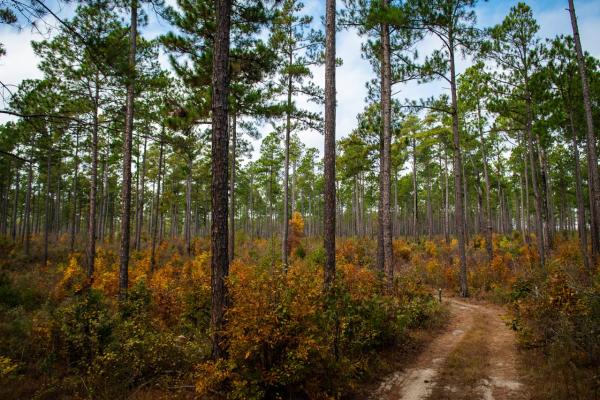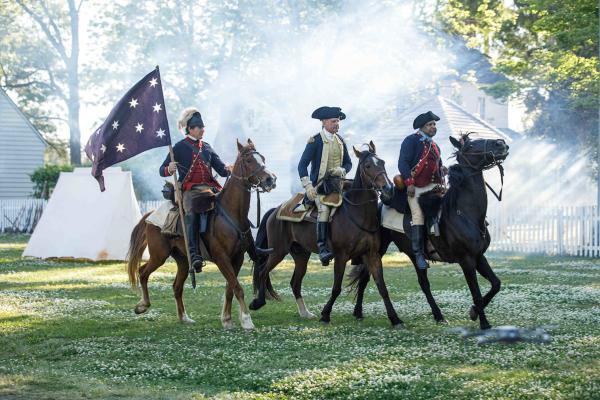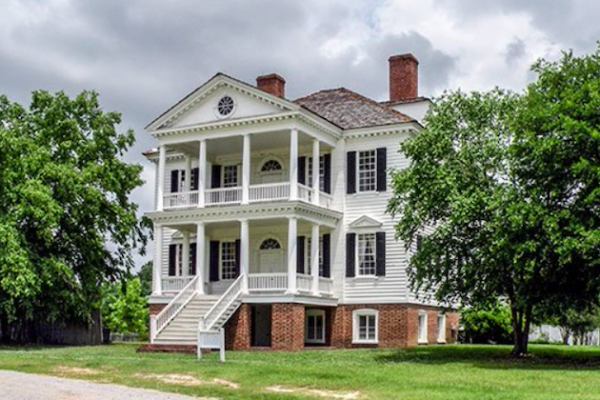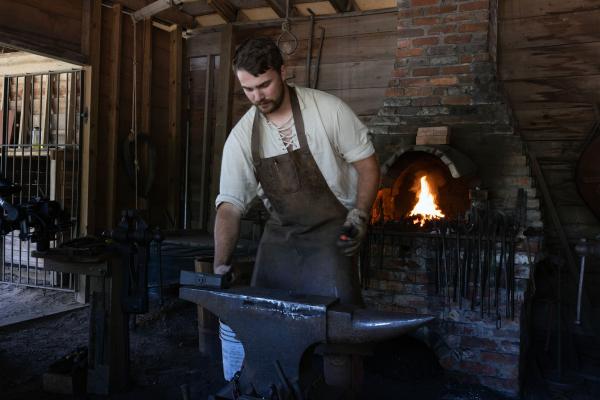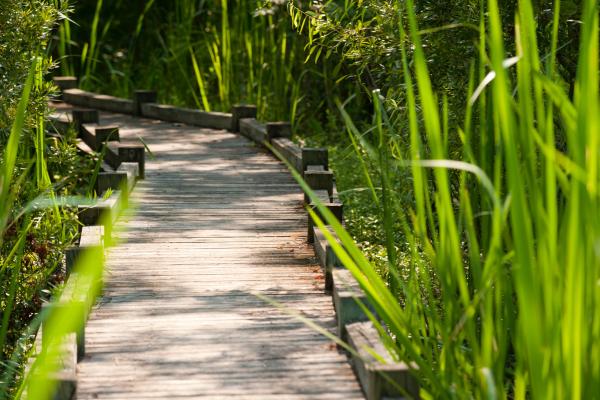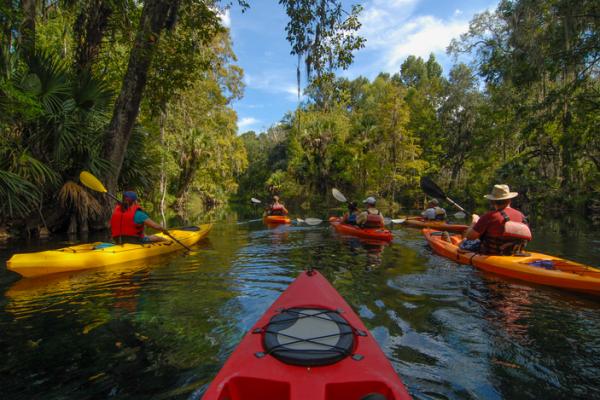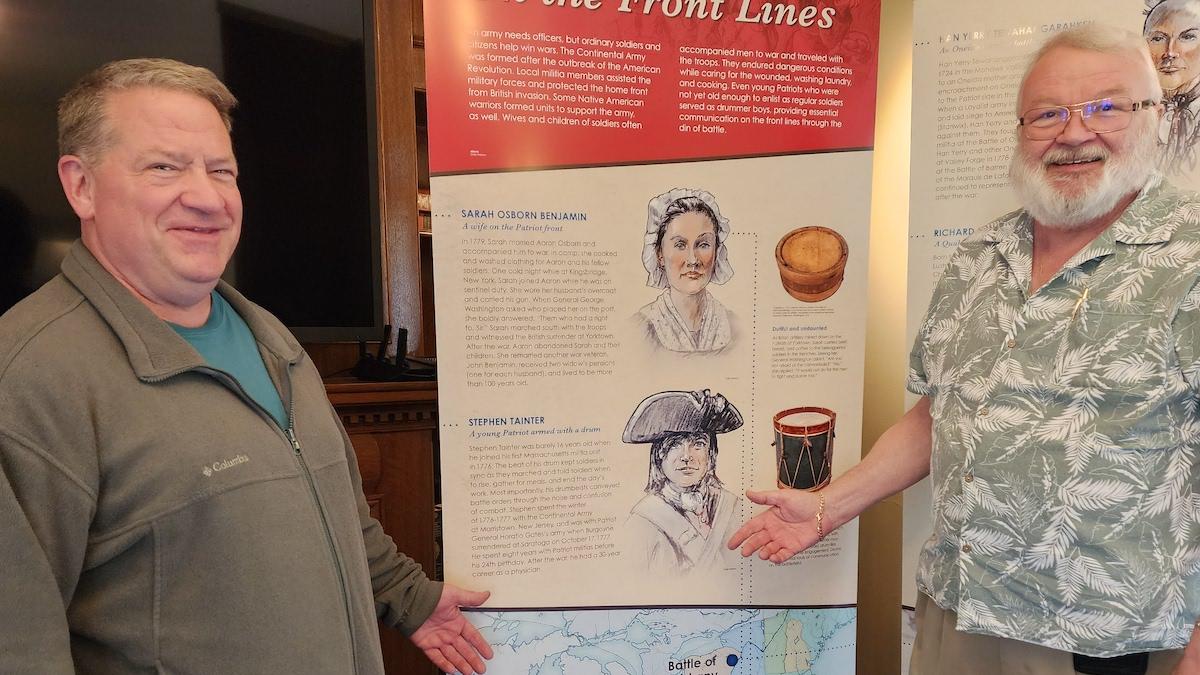
When American History is Family History
John Howland was rescued after falling overboard from the Mayflower during its voyage across the Atlantic in 1620. Benjamin Tainter endured capture by indigenous warriors in 1746, during a time of unrest between Native Americans and colonists. Stephen Tainter enlisted as a drummer boy during the Revolutionary War in 1776 and later became a doctor in the new United States. Lewis Hurd served in Lafayette's Light Infantry and recovered from serious wounds suffered at the Battle of Yorktown in 1781. Separated by generations, these survivors contributed to the story of our nation, but amazingly, they also belong to one extended family. To two of their descendants, Stuart Halsan and Steven Pahre, the exploits of their ancestors are not simply tales of American history, but deeply personal narratives. Halsan says that “family connections make [history] real…like I was there. I have joked that part of my DNA was, in fact, there.”
Halsan and Pahre, his nephew, recently encountered information about one of their relatives—Stephen Tainter—in a traveling exhibition entitled The American Revolution Experience, organized by the American Battlefield Trust and Daughters of the American Revolution.
They were surprised—and delighted—to see him featured along with the Patriots, Loyalists, women, Black Americans, Native Americans, and foreigners who participated in the War for Independence. While more than 200,000 men served in the Continental Army, only a handful of ordinary soldiers are featured in the exhibit, making it truly incredible that Halsan’s fifth great-grandfather was among them. Tainter was barely 16 years old when he joined his first Massachusetts militia unit in 1776. The beat of his drum kept soldiers in sync as they marched and told soldiers when to rise, gather for meals, and end the day's work. His drumbeats also conveyed battle orders through the noise and confusion of artillery. He spent eight years with Patriot militias before his 24th birthday. After the war, he had a 30-year career as a physician.
Although Tainter was listed in the family’s records, it was hearing about John Howland that got Halsan hooked on learning more about his ancestry: “Well, Stephen was just a name on a family tree my aunt prepared. The story of his father being captured by Indians was shared . . . but the big story that piqued my interest in family history was 10th great-great-grandfather John Howland falling overboard on the Mayflower. I later did a lot of research and found out all the rest. I have visited [Revolutionary War battlefields at] Bennington, Saratoga, and Yorktown, and explored Fort Ticonderoga and Crown Point, too.”
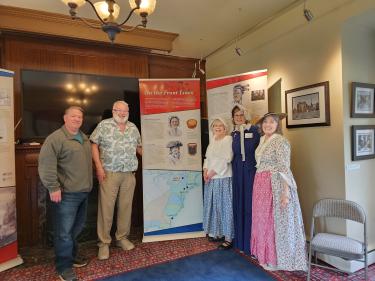
On the left side of the picture are Steve Pahrewith (left) and Stuart Halsan (right) with DAR members, on the right, Kathy Urdahl (center) from the Robert Gray Chapter and Jeanne Pittenger (left) and Shirley Stirling (far right) from the Sacajawea Chapter. Image Credit: Shirley Stirling
Almost a century after Stephen Tainter tapped out signals on his drum, Halsan’s great-great-grandfather, John C. Kellogg, served as a private with the 31st Wisconsin in Sherman's Army during the Civil War. He was wounded on picket duty near Peachtree Creek in the Siege of Atlanta but recovered, completed the March to the Sea, and fought in the battles of Bentonville and Averysboro. Yet another survivor. The historical contributions of their ancestors make Halsan and Pahre justly proud—but their personal achievements serve as examples, too. “I think Stephen could be an inspiration to young people—to stand up for what you believe in even if they are young,” Halsan said. “Stephen started out as a drummer boy... he became a doctor. You can always strive for being the best you can be and help others.”
The collaboration between the American Battlefield Trust and the Daughters of the American Revolution continues as The American Revolution Experience tours throughout the country. The organizations hope that even if visitors don’t find a long-lost ancestor when they see the exhibition in their town or city, they will forge a strong connection with the men and women who contributed to the early history of this country.
--Amy Pastan for The Liberty Trail
Uncovering History
We invite you to visit the preserved locations along the Liberty Trail and to immerse
yourself in the extraordinary events that determined the fate of a nation.
